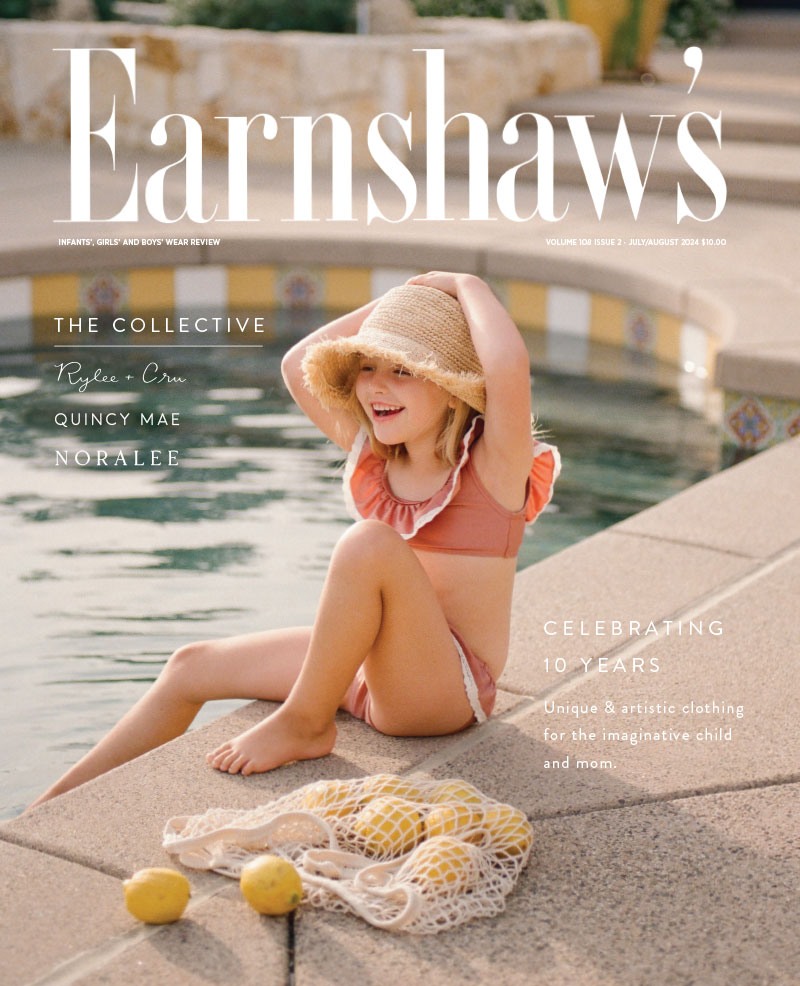Do direct-to-consumer sales really offer growing companies the chance to reach thousands of customers?
 There’s nothing that disappoints me more working in this industry than when I receive an email from a new brand letting me know it has decided to focus exclusively on direct-to-consumer sales.
There’s nothing that disappoints me more working in this industry than when I receive an email from a new brand letting me know it has decided to focus exclusively on direct-to-consumer sales.
As the editor in chief of a magazine that represents retailers, it’s a bummer to know our readers will have one less fantastic brand to stock on their shelves. As a shopper, I worry for the future of retail. Where will we go for all those last-minute gifts without a brick-and-mortar boutique nearby? And—not to sound too hyperbolic here—I sometimes fear for the future of our communities and neighborhoods. I would like to think there are still a few places left, aside from the nearby brewpub, where everybody knows your name.
But mostly I worry for the company itself. My first question is: What’s your strategy? How do you plan to reach thousands of shoppers without a large network of retailers acting as your brand ambassadors? Is your e-commerce platform prepared to handle a heavy volume of shoppers on both web and mobile? Is your website flawlessly designed in a way that reflects your desired image? Do you have the marketing budget to reach a demographically and geographically diverse array of potential customers? Do you know the ins and outs of online advertising and search engine optimization? Are you prepared to give away thousands of dollars in merchandise on mom blogs and social media? Speaking of social media, do you have thousands of followers, or do you have a strategy for acquiring thousands of followers?
Call me biased, but I think there’s no better advocate for brands than their retail partners. After all, shopowners have a vested interest in the success of the merchandise in their stores. I’ve seen so many savvy retailers use everything from Instagram to in-store events to help promote their stores and the lines they carry. Eyana Carballo, the owner of Brooklyn, NY-based Stork, coordinates an annual runway show with neighborhood kids modeling the products she stocks in her shop. It gets tons of coverage on social media and neighborhood blogs. Chris Richardson, the owner of Kangaroo Pouch in Myrtle Beach, SC, hosts a movie night at a nearby theatre, where hundreds of her shoppers have the chance to meet, mingle and win some of the store’s gear. Not to mention, most children’s boutiques now offer everything from breastfeeding to babywearing classes, giving their customers more than one reason to stop by and see what’s new. How can an online-only brand build that level of trust with its customers?
For this month’s On the Block, I had the pleasure of chatting with Bronagh Staley, the owner of Sweet William, about her new Los Angeles location (p. 22). Thanks to Staley’s unerring eye, Sweet William has become a bellweather of sorts for identifying hot new children’s labels. There’s a solid argument to be made that brands like Mini Rodini, Bobo Choses, Coral & Tusk and Hansa wouldn’t be where they are today if Staley hadn’t first stocked them in her trendsetting boutique. And I’m sure the same could be said for any number of companies on the market. We all know big box vendors often look to specialty stores to find the next big thing.
I’m not a complete Luddite. I know the future of retail will involve a combination of both online and in-person shopping. But I would caution children’s manufacturers not to get too caught up in today’s fascinating technology and remember the way most Americans still shop: at the last minute, with a trusted vendor they know by name or for pure tactile pleasure. And you can’t replicate that experience online.



Leave a Comment: